What did it mean for great artists to make a portrait of themselves? Find out in this article published in Cultura Colectiva and written by Mariana Aguilar Tiquet. Ilaria has translated it just for you! Here is the link to the original.
If we were to try to define what makes the human being so special, we could say the creative capacity; everything that relates to art and that will remain as a testimony of humanity. The capacity for observation and analysis, as well as creativity and imagination, have facilitated man’s creation of great works that inspire and motivate us to express our inner selves, to transform those thoughts that plague us during the night or lead us to dream and fly during the day.
For this reason, over the years, some artists have used the paintbrush as a tool to fly. The strokes on the paper become the means by which they can externalize what lies deep in their minds and hearts.
For many artists, painting became the way to find some peace; especially for those great geniuses who were not fully understood and whose lives were not stable. Such is the case with Frida Kahlo and Van Gogh, who sought refuge in a blank canvas during their existence to hide their sufferings and ills in painting.
When analyzing oneself, the self-portrait is a great exercise; an exercise in deep analysis that shows the positive aspects of a person, but also reveals his or her dark sides, where the light seems not to penetrate. Throughout time, the self-portrait has been made by different artists as an inner and outer exercise Here are some of the self-portraits made by great artists.
Leonardo da Vinci
This self-portrait made in about 1512 is one of the most famous of all time, as well as being one of Leonardo da Vinci’s best-known drawings. It is in sanguine and measures 33 cm x 21.3 cm. Although it was never completed, as it is missing some features of the upper part and others of the beard, the details are very fine. Moreover, one can understand how the artist saw himself: it can almost be compared to the image of a philosopher, who at that time was portrayed with a long beard and eyes that revealed wisdom under thick eyebrows. Leonardo’s age (about 60) is also apparent in the work. It is the artist’s only self-portrait and is in the Royal Library in Turin, Italy.

Vincent van Gogh
If there is one artist who portrayed himself many times, it is Vincent van Gogh: there are 43 self-portraits between paintings and drawings made in about 10 years. As he himself stated, he sought a deeper likeness than that obtained by a photographer. In this 1889 self-portrait, Van Gogh represented himself in a jacket and not his usual work coat. Moreover, everything focuses on his face; the eyes are emaciated and dark circles appear underneath, revealing an anxious, penetrating gaze. Unlike the self-portraits done in Arles between 1888 and 1889, this 1889 painting done in Saint-Rémy shows his left profile and not his right. This self-portrait, considered the artist’s last, is in the Musée d’Orsay in Paris.

Rembrandt
They say, and I really believe it, that it is difficult to know oneself. However, it turns out to be obvious to depict oneself. Rembrandt’s portraits go beyond reality, verging on revelation, said van Gogh referring to the painter and the self-portrait. Like Vincent van Gogh, Rembrandt has a large number of self-portraits: about one hundred paintings and drawings. This oil painting was made in 1652 and shows the painter in a frontal position with his hands on his hips: this shows confidence and self-assurance. The painting is in the Kunsthistorisches Museum in Vienna.

Frida Kahlo
Frida Kahlo is among the greatest exponents of Mexican art. With more than 200 works, the Mexican painter chose portraiture as a form of expression of her deepest feelings and sorrows. The work The Two Fridas was created in 1939 and shows the difficulties of her marriage to Diego Rivera. Dressed as a tehuana (ndt: native of Tehuantepec, Mexico), one Frida represents her Mexican roots, while the other represents her European roots. The hearts of both women are united through a vein, while the European part is bleeding. This self-portrait was Kahlo’s first large-scale work.
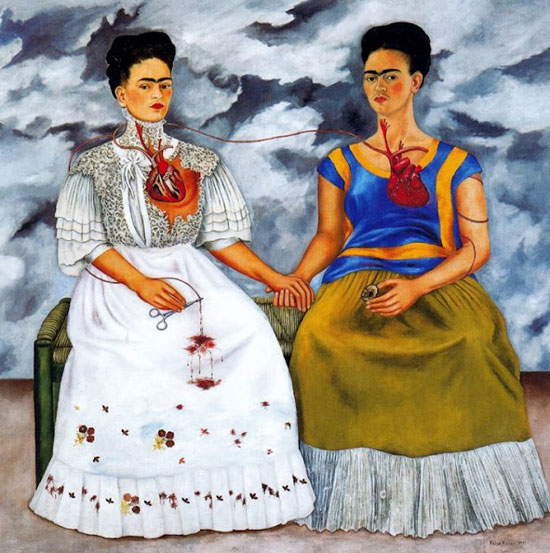
Francisco Goya
Goyaassisted by Dr. Arrieta was made by Goya in 1820. In this painting the artist reflects the illness from which he suffered in 1819 and was treated by physician Eugenio García Arrieta. One can clearly see the Spaniard’s agony and illness; behind him the doctor offers him some water. In the background we can see faces of women who may represent the Fates. The painting also shows his admiration for science, characteristic of the nineteenth-century bourgeoisie. Today it is in the Art Institute of Minneapolis.
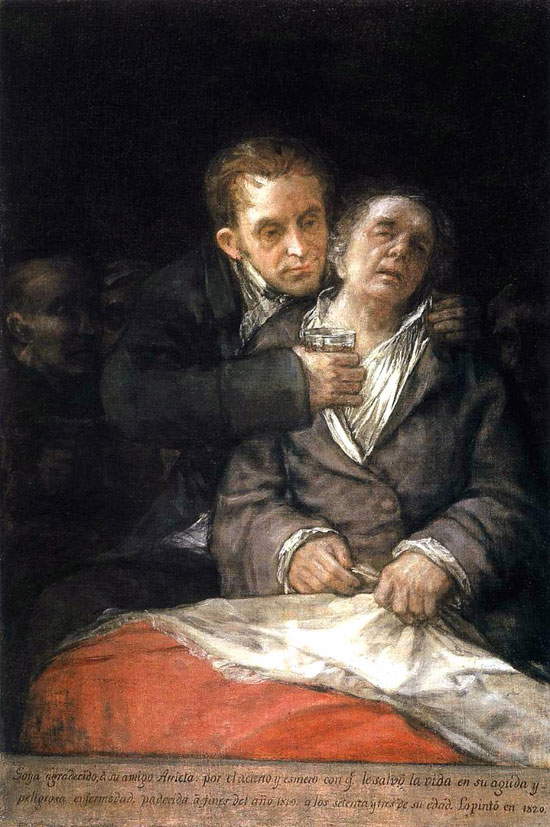
Diego Velázquez
Diego Velázquez was one of the greatest exponents of Spanish and Baroque painting; he was appointed painter to King Philip IV and devoted most of his paintings to the court. The bust of his self-portrait, made in about 1640, with that of Las Meninas, is the only self-portrait of the painter that is preserved. The painting has been the focus of debate about its authenticity, but after its most recent restoration in 1986, it was concluded that it is an original. Today it is at the Museo de Bellas Artes in Valencia.
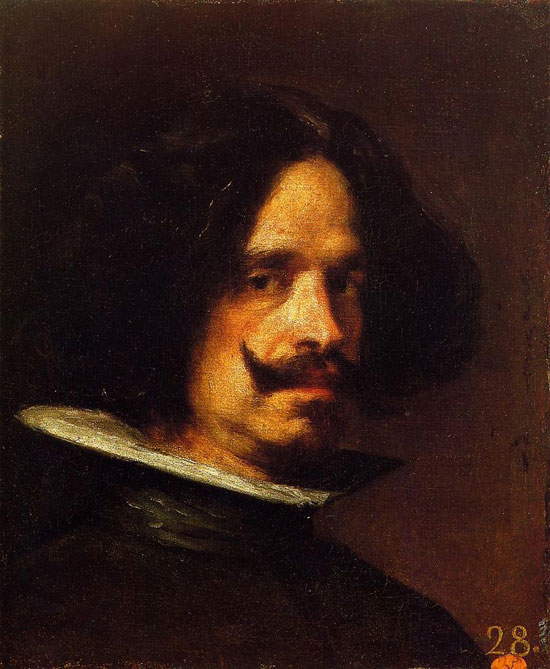
Jan van Eyck
Portrait of a Man with Turban is an oil painting made in 1433 by Flemish painter Jan van Eyck. It retains its original frame and the lower part reads JOHES DE EYCK ME FECIT ANO MCCCC.33. 21. OCTOBRIS (Jan Van Eyck made me on October 21, 1433). Despite what one might believe, he is not wearing a turban, but rather some sort of hood. This work is considered one of the Flemish artist’s best works and has been in the National Gallery in London since 1851.
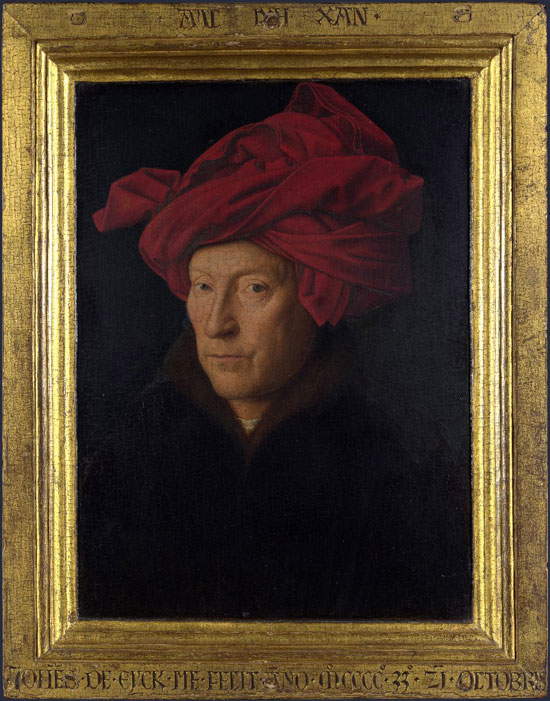
Pablo Picasso
The painter and father of cubism was considered one of the artists most involved in different artistic movements. Shortly before he turned 20, Picasso arrived in Paris, a city that inspired him and in which he began to integrate into bohemian life. Among prostitutes and alcohol, he shaped a melancholy environment with phantasmagoric tones and pale figures. This is the beginning of the Blue Period: this self-portrait was one of the earliest works of this period. Made in 1901, shortly after the suicide of Carlos Casagemas (editor’s note: Casagemas was a painter and poet, a friend of Picasso’s, who committed suicide for love during a 1901 stay of the two artists in Paris), the painting shows the calmness of the man portrayed, the austerity of work and the bohemian style of the time. It is located in the Picasso Museum in Paris, France.
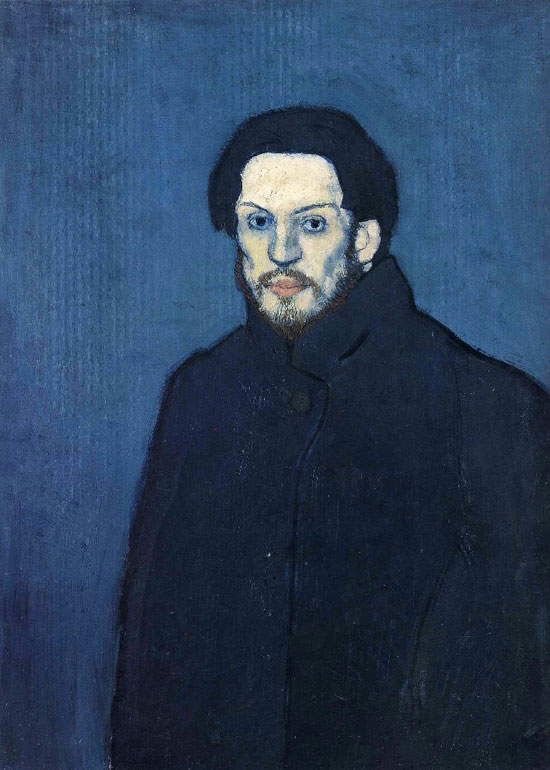
Eugène Delacroix
Self-Portrait with Green Waistcoat is an oil on canvas made in 1837. One can see a good use of color by the French artist as well as the quality of the stroke. Delacroix asserted that through painting a bridge is established between two souls: that of the person portrayed and that of the artist. In this case it would be an analysis of Delacroix himself; a way of externalizing his interiority.

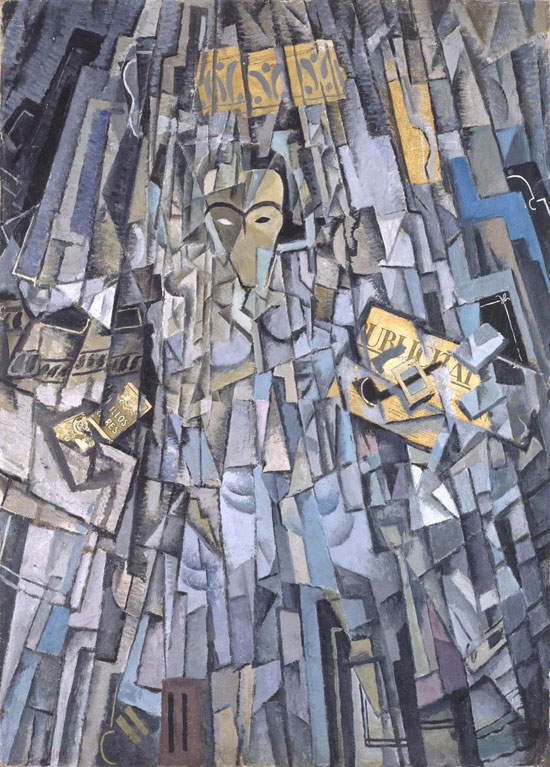
Warning: the translation into English of the original Italian article was created using automatic tools. We undertake to review all articles, but we do not guarantee the total absence of inaccuracies in the translation due to the program. You can find the original by clicking on the ITA button. If you find any mistake,please contact us.